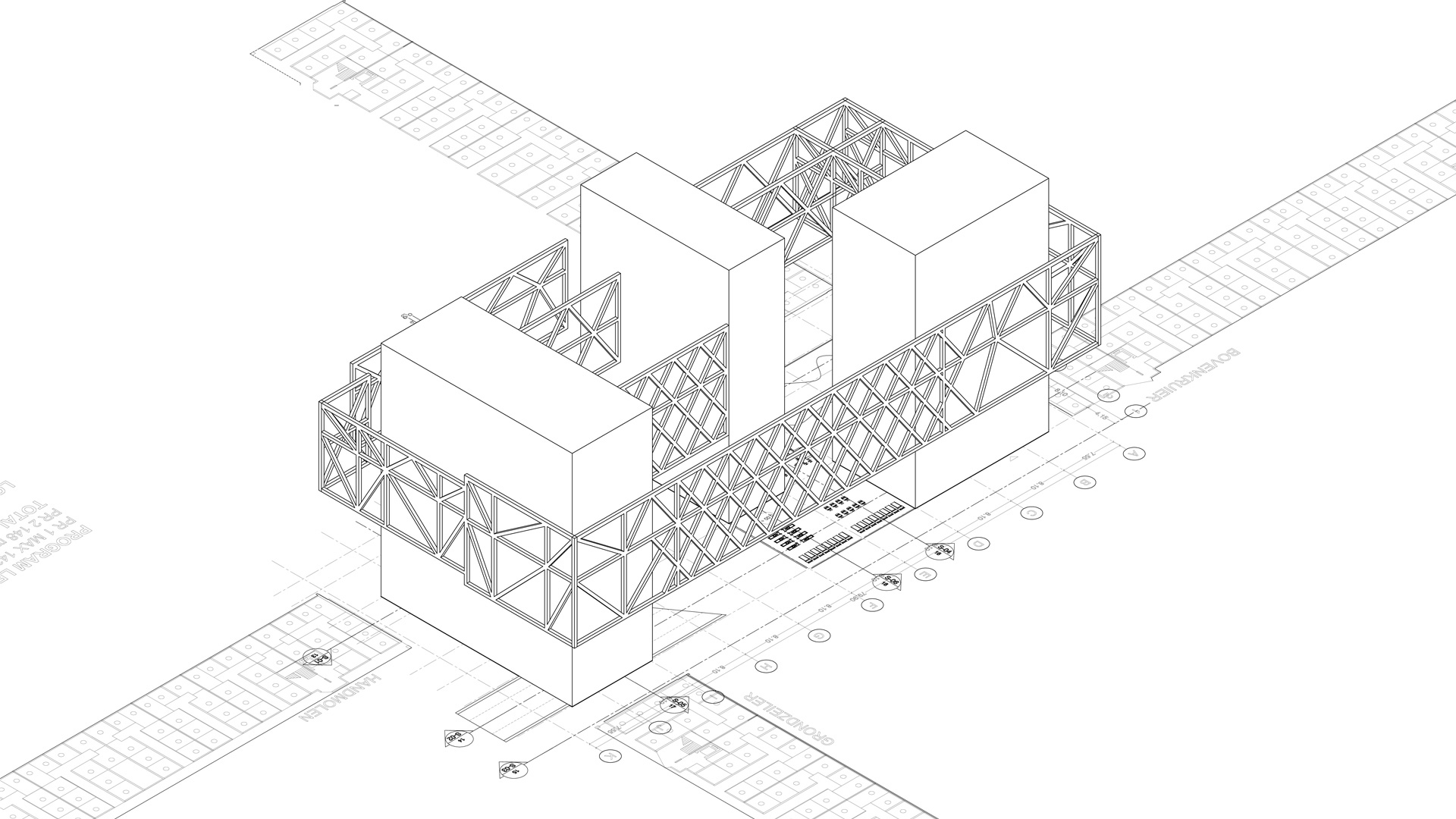In the end of 1966 the construction of the Molenwijk neighbourhood started. Fifteen high rise apartment buildings were projected in a huge park. This testing ground for the –later developed- Bijlmermeer was more than a new city quarter, it was a utopia. But society is less ‘makable’ then imagined. In the Bijlmermeer a integral redevelopment was necessary, but the Molenwijk is smaller and its inhabitants still live with pleasure in the park-like setting. On the other hand the neighbourhood gets less and less popular. It needs a long-term perspective that is based on its basic qualities: comfortable housing, light and space and dwellers who are committed to the neighbourhood. The approach to reach this goal is diverse. The first step is to renovate the housing itself. Then the parking buildings will be redeveloped and the third part of the transformation will be a complete redesign of the park where aspects as safety, visibility and program are important.
Location: Amsterdam
Client: PWV Wonen & De Alliantie
Team: JDWA ism WeLoveTheCity
Collaboration: Andries Geerse stedenbouwkundige (masterplan)
In the end of 1966 the construction of the Molenwijk neighbourhood started. Fifteen high rise apartment buildings were projected in a huge park. This testing ground for the –later developed- Bijlmermeer was more than a new city quarter, it was a utopia. But society is less ‘makable’ then imagined. In the Bijlmermeer a integral redevelopment was necessary, but the Molenwijk is smaller and its inhabitants still live with pleasure in the park-like setting. On the other hand the neighbourhood gets less and less popular. It needs a long-term perspective that is based on its basic qualities: comfortable housing, light and space and dwellers who are committed to the neighbourhood. The approach to reach this goal is diverse. The first step is to renovate the housing itself. Then the parking buildings will be redeveloped and the third part of the transformation will be a complete redesign of the park where aspects as safety, visibility and program are important.
Location: Amsterdam
Client: PWV Wonen & De Alliantie
Team: JDWA ism WeLoveTheCity
Collaboration: Andries Geerse stedenbouwkundige (masterplan)
In the end of 1966 the construction of the Molenwijk neighbourhood started. Fifteen high rise apartment buildings were projected in a huge park. This testing ground for the –later developed- Bijlmermeer was more than a new city quarter, it was a utopia. But society is less ‘makable’ then imagined. In the Bijlmermeer a integral redevelopment was necessary, but the Molenwijk is smaller and its inhabitants still live with pleasure in the park-like setting. On the other hand the neighbourhood gets less and less popular. It needs a long-term perspective that is based on its basic qualities: comfortable housing, light and space and dwellers who are committed to the neighbourhood. The approach to reach this goal is diverse. The first step is to renovate the housing itself. Then the parking buildings will be redeveloped and the third part of the transformation will be a complete redesign of the park where aspects as safety, visibility and program are important.
Location: Amsterdam
Client: PWV Wonen & De Alliantie
Team: JDWA ism WeLoveTheCity
Collaboration: Andries Geerse stedenbouwkundige (masterplan)
















